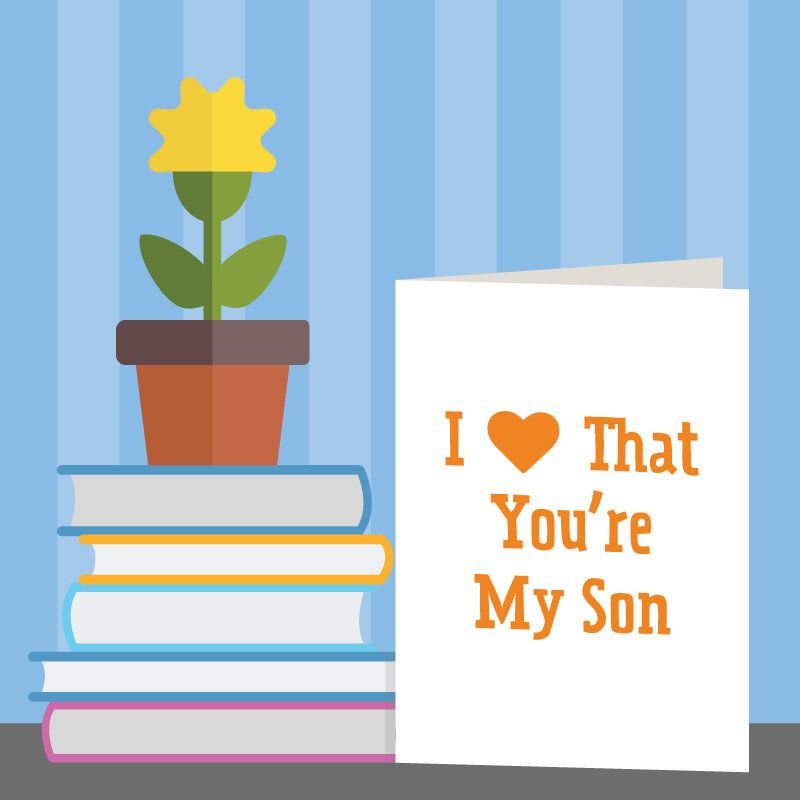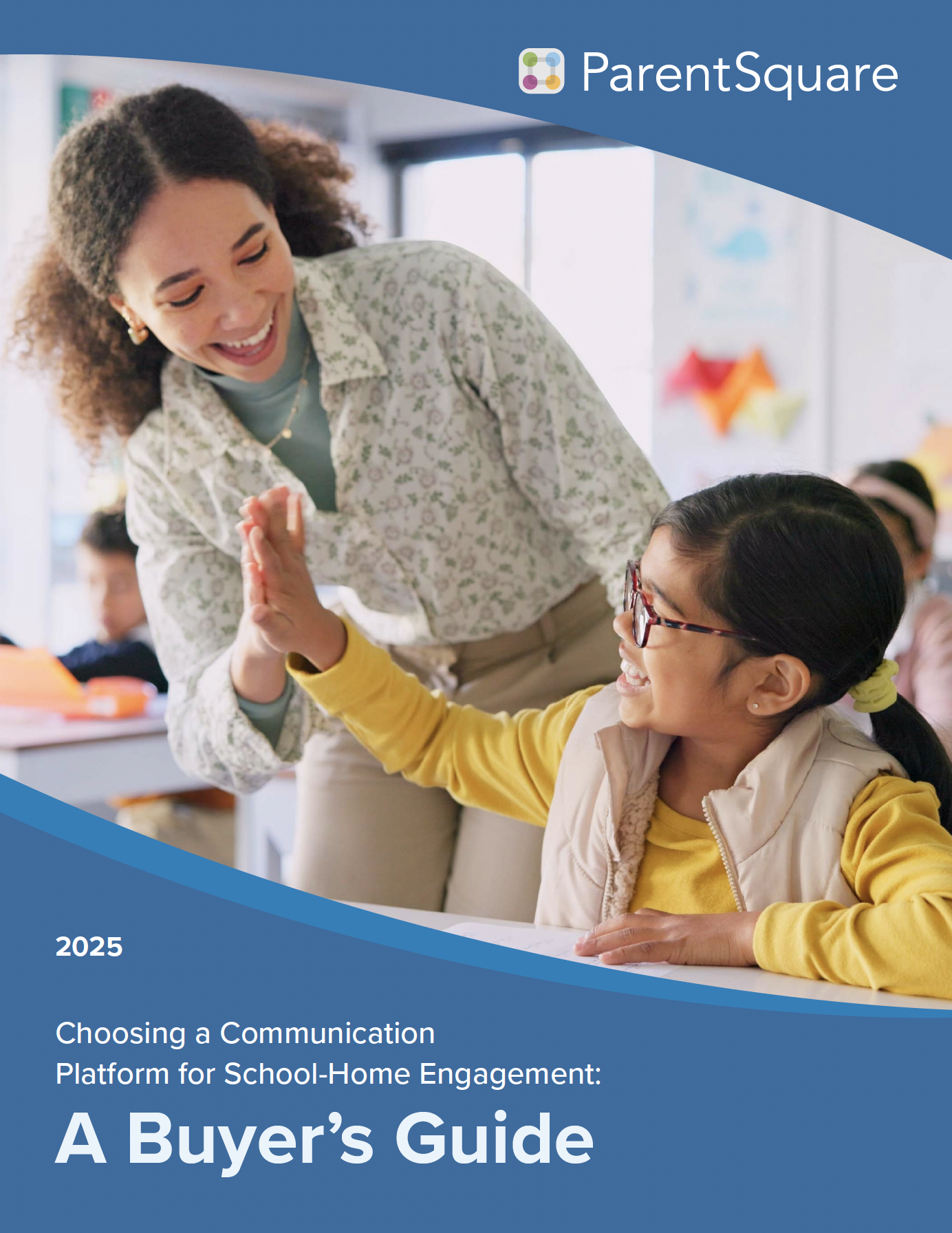
Written by Zareena Zaidi & Kaylin Smith
Students, especially those in high school, face an incredible amount of pressure to succeed. Societal expectations to achieve and maintain a perfect GPA, excel in extracurriculars, get into a top university, find your purpose and calling — all while balancing an intense, burgeoning social environment — can be overwhelming. Add to that hormonal and physical changes, non-stop digital media streams, national campus incidents — students can lose sight of all the good going on in their lives.
When is the last time you took a moment to appreciate the students around you, not for what they’ve learned, accomplished or done for you…but just for being in your life?
Thanksgiving is the perfect opportunity to remind those we love how grateful we are for them ❤️. Here are some thoughts to help parents and educators appreciate the students in their life.
Thoughts from a Parent
“As a parent of three teenagers, I am always challenging them to get outside of their comfort zones, take on new responsibilities, set goals and then take action to achieve them. But how do I push them to get better without making them feel that they’re not good enough as they are?”
“I want them to know how much I love and appreciate them as they are, and always will no matter what.”
What You Can Do at Home
- Simply tell them
Let your child know that you love and support them. Oftentimes we get caught up in pushing our kids to be the best versions of themselves, but make sure to show them appreciation — simply for being who they are.
- Praise positive behavior
If you catch your child in an act of kindness, make sure to praise them for it! This is great because it reinforces this behavior, and places value on being a genuinely good person.
- Leave a note in their lunch
This small gesture can make their day and reminds them how much you care. Write a note encouraging them for a big event or simply saying you love them!
- Show up to their big game, performance, recital, etc
Being present for your child means more to them than you know. Taking interest in something important to them shows you support them fully as their number one fan and will leave them feeling loved.
- Make their favorite food
Surprise them with their favorite meal or take the time to cook it together! Things can get hectic with busy schedules, but bonding over a shared meal together is a great way to spread the love and enjoy each other’s company.
- Try something new together
Give your child the gift of a new experience and make some unique memories together! Even if it’s just exploring a different part of the neighborhood or trying a new craft project, spending quality time together helps strengthen your relationship and may teach you both something new in the process!
Thoughts from a Teacher
“I’m enormously grateful for my students, this year and in previous years. First of all, they put up with my idiosyncrasies. They laugh at my horrible jokes. They put their faith in my instruction and requirements. And they reward my efforts with kindness and gratitude years after they’ve left my classroom.”
“But beyond those, I’m grateful for the way students inspire me…I’m grateful for our relationships we build, for the memories we share, and for those moments when they finally “get it” – whatever “it” is – and allow me a front row seat to their joy.”
— Jordan Catapano, High School English Teacher, Chicago. https://www.teachhub.com/what-I-am-thankful-for
What You Can Do in the Classroom
- Send your parents a message
Let them know how incredible their children are and how grateful you are to have their kids as students. Tell involved parents how thankful you are for their support. Encourage all of your parents to take a moment this holiday season to tell their children how much they love them and how grateful they are to have them in their life. Teenagers might be grumbly or short, but these messages go a long way in building positive self-esteem!
- List of what you’re thankful for
Have students write down a list of who and what they are thankful for. Students can easily get caught up in all the noise and lose sight of all the good in their life. The more positive emotions we experience, the more flexible, creative, resilient, and socially integrated we are.
- Thank you notes
Have students write a genuine thank you letter to someone in their life. Then as a follow up, have students write about or discuss how it felt to deliver their note, and how their receiver reacted. It can be a great lesson on the power of gratitude and its ripple effect!
- Keep a class gratitude jar
Place an empty jar next to blank strips of paper with writing utensils and have students write each time they feel grateful for something or have a positive experience. At the end of the year, dump out the jar and read the notes with the classroom to reflect on some great highlight moments!
- Words of encouragement
Have students pass around a piece of paper with their name at the top and have each of their peers write one positive note about the student on their piece of paper. By the time each student gets their paper back, it will be full of supportive comments from the classroom!
- Random acts of kindness
Take time to brainstorm ways your students can get more involved in the community or campus. Doing something positive for others can be a great learning experience for students, adding meaning to their daily routine and building deeper connections.
Spreading kindness and gratitude is always a good idea!
Take time this Thanksgiving to share some love and appreciation, and remind your children how incredible they really are. We hope you can use these tips through Thanksgiving and beyond.
Lastly, we just want to say thank you, educators and parents, for all of your hard work and dedication!
Give thanks. Give love. ❤️
— The ParentSquare Team







